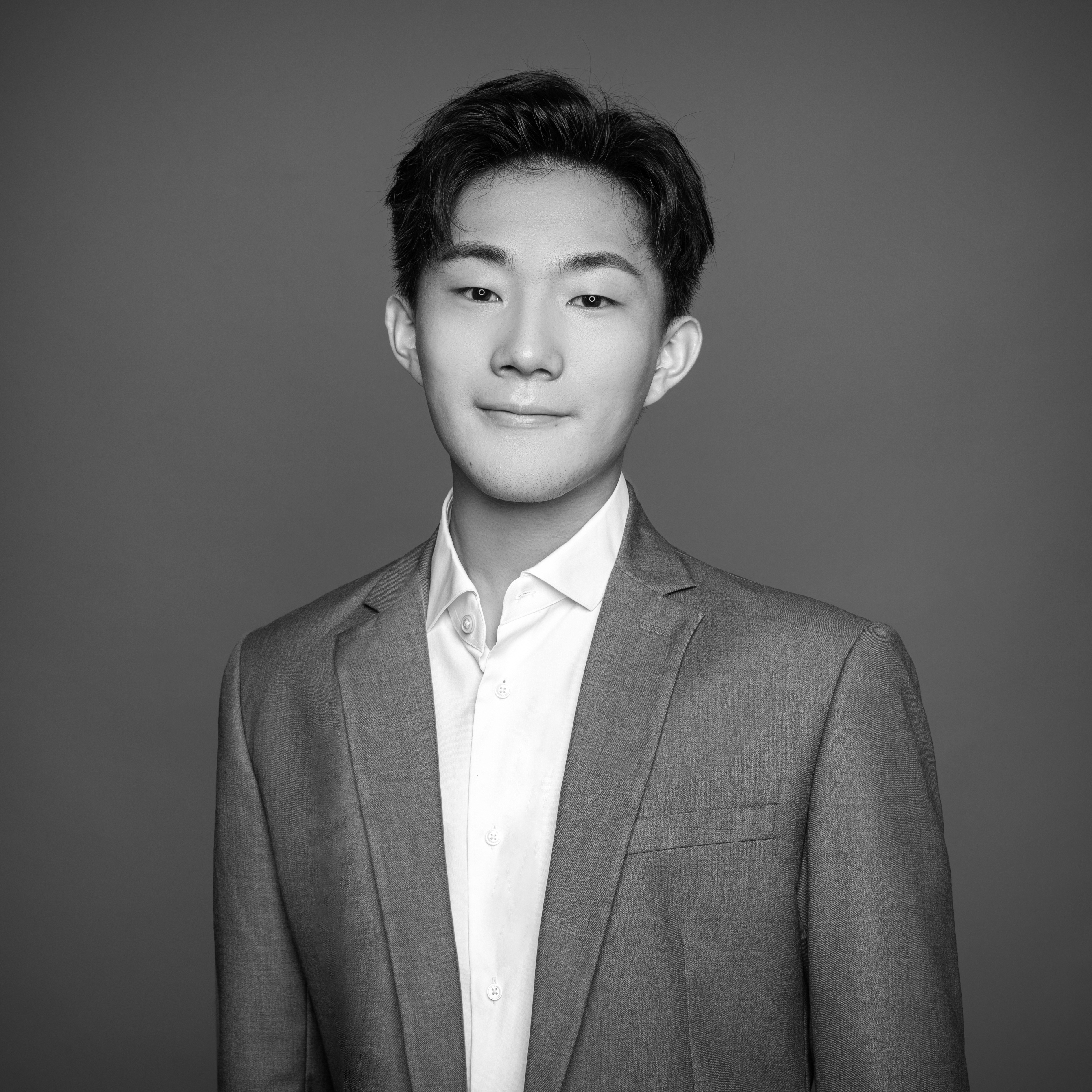BLOG
Top 5 Trends Marketers in Asia Should Expect in 2023
Five marketing trends in Asia to help position brands for uncommon growth this year.
In 2022, companies faced rising costs, continued supply chain challenges, and lasting COVID repercussions, especially with Asia’s more cautious reopening. Despite these challenges, brands found novel ways to adapt to rising trends; creating new products and experiences to surprise and delight their consumers. They reimagined offline experiences, ventured into the Metaverse, and redefined standards for ESG.
Looking ahead to 2023, we foresee continued pressure for businesses and marketers to perform in the face of sustained uncertainties. But we also see more opportunities for brands to rethink their offerings, double down on customer centricity, and build relevance that lasts – for customers and employees alike.
Below, we share our thoughts on five trends for marketers to keep in mind as we head into 2023.
1. Expanding the Scope of the CMO
The role of the CMO and their team will continue to shift as marketing evolves from a predominantly creative function to an increasingly data-driven one. Effective marketing now requires an increased focus on data-driven decision-making, using analytics and insights to understand customer needs and preferences to develop targeted campaigns that reach the right audience at the right time.
The proliferation of new technologies has opened up a wide range of opportunities and challenges for marketers. However, to gain the lead, marketers must hone their skill sets and strengthen their analytical wheelhouse as their MarTech stack is growing ever larger and more complex.
With this expanded remit also comes the need for even closer collaboration between marketing and other departments within the organization. For Matt Che, CMO of Budweiser APAC, a close partnership with the commercial team has been critical to the company’s success in Asia: “It’s important to align across marketing and sales teams on what long-term success looks like as well as what challenges might arise in the short term. Collaborating with sales allows us to better identify commercial realities such as pricing, competition, and potential cannibalization within our portfolio.”
As brands continue pushing for customer-centricity, marketing can continue to elevate the voice of the customer across all areas of the business to drive uncommon growth.
2. Building Purpose-Led Brands
Across all industries, a commitment to ESG is becoming expected, if not demanded, by stakeholders. Consumers, employees, and investors are coming from all angles to hold companies to higher standards, expecting not simply a verbal commitment to ESG but tangible policies and practices that reflect these values. Consumers are increasingly choosing companies that take a stand on issues they care about, with 86% expecting CEOs to speak out on societal issues, according to Edelman. Internally, employees are seeking employers who align with their values, and investors are putting record-breaking amounts of capital behind companies prioritizing ESG. More than ever, marketers must strive to build purpose-led brands that translate aspirational visions into pragmatic strategies that contribute to a more sustainable future.
As an early adopter of sustainable product design and supply chain management, consumer electronics leader ASUS has long been a champion of ESG principles. To further solidify its leadership in this area, the company had been exploring how to make ESG not just an initiative, but a central pillar of future strategic growth. Prophet was tasked with turning ASUS’s ESG strategy into a narrative that could be communicated to both internal and external stakeholders. Our team delivered a comprehensive ESG brand strategy that included a messaging framework, activation ideas, and creative assets to bring the ESG strategy to life, allowing the brand to socialize its core principles effectively and ensure cohesion with the overall brand strategy across both internal and external stakeholders. This ESG strategy was officially launched in the recent ASUS CES 2023 launch event.
3. Deepening Post-Purchase Experiences
As marketers are well aware, the customer journey does not end when a purchase is made. To adapt a true customer-centric mindset, brands must not only convince consumers to choose them, but also pay attention to how their customers use their product or service. As customer acquisition costs continue to rise and channel fragmentation intensifies, customer retainment has become an increasingly important growth driver for brands. Holistic customer experience, particularly when it comes to post-purchase engagement, must not be overlooked. In Southeast Asia, nearly 90% of consumers were more enticed to shop somewhere with a loyalty program. In China, we’ve seen an opportunity gap for marketers to focus more on customer lifetime value to find more sustainable and long-term growth, based on findings from Prophet’s latest research “Brand and Demand Marketing: A Love Story.”
Many leading brands have started taking steps. Outdoor apparel company, The North Face, wanted to redefine how to deliver its XPLR Pass loyalty program in Greater China to drive higher engagement with Chinese members. The company saw an opportunity to expand the types of benefits provided, going beyond solely monetary rewards to better reflect the brand DNA and further differentiate itself from competitors. As part of the Greater China loyalty program revamp, Prophet developed a unique positioning for XPLR Pass and defined key strategic metrics, data strategy and engagement tactics. This work sets the foundation for the revamped loyalty program to be a key pillar of future growth for the brand in that market.
4. Meeting Customer Needs Through Demand Landscape Mapping
Consumers today have access to more information at their fingertips than ever before, making them increasingly sophisticated and discerning shoppers across all categories. As a result, customer segments are becoming more diverse and complex as well, with more variance in mindsets and behaviors. For instance, Asia consumers tend not to be pure luxury shoppers, with 82% of Korean respondents and 72% of Chinese respondents stating that they like to mix and match across premium and mass brands. To develop a brand and product portfolio to meet the nuanced needs of their target audience, brands can leverage demand landscape mapping to understand both where to play and how to win.
Prophet worked with a leading beverage company to develop its China portfolio strategy based on demand landscape. The company had several local and global brands in the market but wanted to more clearly define the roles of key brands and their anchored demand spaces. By combining quantitative data analysis with strategic insights, Prophet mapped its existing brands to high-value demand opportunities – i.e., specific consumer segment, occasion and drinking needs, as well as identifying key whitespace opportunities for innovation. We further developed clear portraits of priority consumer segments, including holistic understanding of their social context, personal motivations, and lifestyle, enabling the company to better activate the portfolio and brand strategies.
5. Driving Growth From Within Through Cultural Transformation
As mentioned previously, workers are increasingly making it a priority to choose an employer that aligns with their values. Organizations know the importance of developing internal branding and communications that are consistent with the external brand, but there’s more work to be done. By taking steps to actively understand and address the needs of their workforce, companies can drive cultural transformation from within. Engaged employees are more likely to be productive, innovative, and collaborative: Within the same organization, highly engaged business units can result in a 23% difference in profitability. In East Asia especially, only 17% of employees report feeling engaged at work (compared with 21% globally) highlighting an opportunity for firms to look inward and close the gap. Whether it’s revamping the company’s values, investing in employee learning and development or driving better collaboration, an engaged workforce is the fuel for a brand’s growth engine.
Polestar, an electric performance car brand, had aggressive global growth aspirations, with plans to add 50 new spaces and over 700 new employees. With this rapid expansion in mind, ensuring that customer-facing staff were equipped to deliver a consistent customer experience was key. Polestar tasked Prophet with developing a clear customer experience strategy that covered recruitment, training, service, and operations. Prophet created a training curriculum, including eLearning modules, live training events, and self-study exercises, which covered how to tell the brand story, how to respond to customer scenarios, and role-specific guidelines. Prophet’s successful training program resulted in high participation and engagement rates, equipping and enabling customer-facing teams at Polestar to deliver a consistent and differentiated customer experience.
This article was originally published on MARKETING-INTERACTIVE.
FINAL THOUGHTS
The game of marketing means always looking ahead to anticipate not only customer needs but also macrotrends, market shifts, and industry changes. Marketers that are able to think proactively, invest pragmatically, and collaborate effectively with their peers will be well-positioned to unlock uncommon growth for their brands in 2023.

